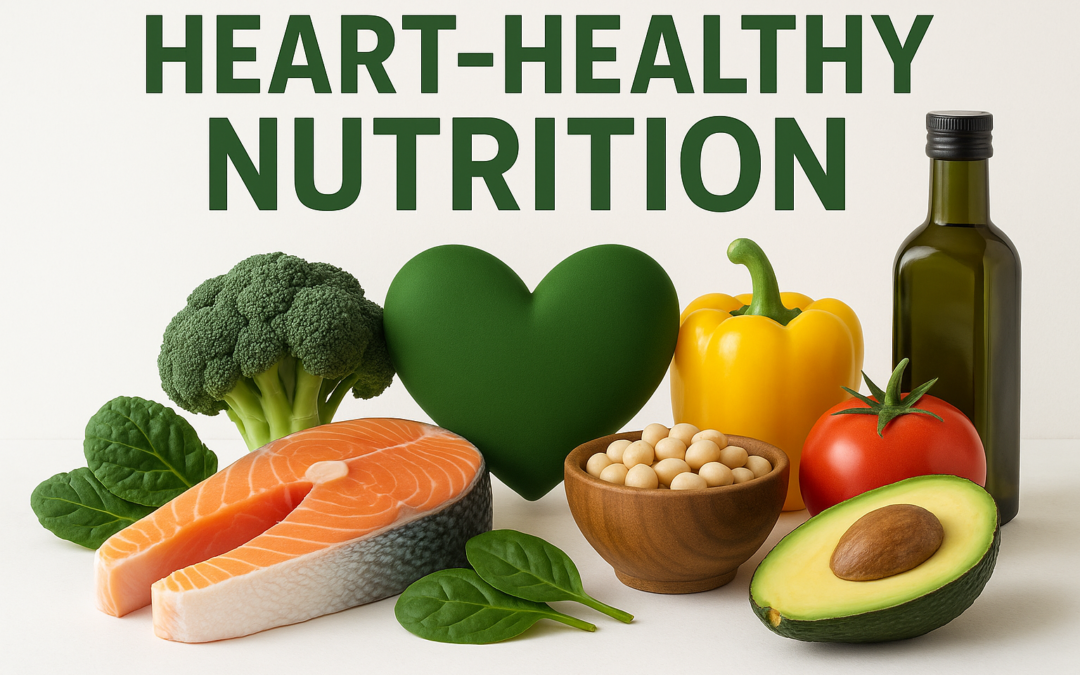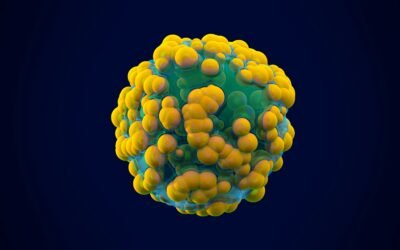21 May 2025

The heart muscle is the central organ of our body, without which we would not be able to live. This small organ is a true high-performance engine. It pumps about 1.5 gallons every minute, supplying vital oxygen and nutrients to organs, tissues and cells. Therefore, it deserves to be given more attention. But far from it! We invest more time and money in beautiful skin and muscles than in taking care of our heart. Even occasional shortness of breath or problems climbing stairs are often ignored, although these can already be the first signs of heart problems.
Many assume that, as the heart continuously pumps blood through the veins and, of all organs, is best supplied with valuable nutrients. In fact, however, the heart is not supplied with nutrients and oxygen directly, but via the arteries (coronary arteries) that surround the heart. A narrowing or even blocking of the coronary arteries leads to disruption of the blood flow to the heart and, in the worst case, can lead to a heart attack.
Cardiovascular diseases are the number one cause of death in the world. In the US 1, in every 4 deaths is due to heart disease, over 600,000 deaths annually. But according to studies, 90 percent of heart attacks and 80 percent of all strokes can be prevented by a consistently healthy lifestyle.
Many cardiovascular diseases are linked to our diet. Above all high blood fat levels that can damage the arteries. Smoking and high blood pressure also affect the elasticity and stability of the vessel walls and contribute to the development of atherosclerosis.
Atherosclerosis develops slowly. Fat components as well as blood and connective tissue cells are deposited in the vessel wall. These so-called plaques can narrow the arteries and restrict blood flow. In a further stage, blood clots form which clog the vessels and arteries and thus interrupt the blood supply. As a result, the tissue that supplies the affected arteries will die over time. Depending on the location of the vascular occlusion, the heart, brain or legs may be affected.
But not only unhealthy eating affects the blood circulation of organs and tissues, smoking is also bad for the heart. This is because smoking produces carbon monoxide, which depletes the body of oxygen, and this also reduces the oxygen supply and blood circulation to the organs. Furthermore, smoking creates many free radicals that can attack and damage the cells.
Heart-healthy nutrition
One of the best preventive measures is a healthy diet and lifestyle. In the 1950s, scientists first investigated the relationship between a Mediterranean diet and the incidence of cardiovascular diseases. The risk of disease among study participants who were eating a Mediterranean diet was 30 percent lower than among those whose diets were rich in animal fat, especially saturated fat, and were also high in sugar and highly processed foods. These findings from that time are more relevant than ever.
Basically, a heart-healthy diet is centered around relieving the heart. Therefore, it is particularly important to keep an eye on body weight, blood pressure, blood sugar levels and blood fat levels. For a long time, one of the first recommendations was to favor a low-cholesterol and low-fat diet to minimize the risk of heart attack and stroke.
Omega-3 fatty acids and polyphenols
Today, however, scientists are focusing more on a holistic, healthy diet that gives a place to healthy fats and oils on the menu. Omega-3 fatty acids are particularly important and beneficial. Fatty acids are involved in regulating blood pressure and are precursors for messenger substances that influence inflammatory reactions. In addition, they provide elastic and healthy cell and artery walls. Therefore, a “heart-healthy cuisine” includes cold-pressed vegetable oils such as linseed, hempseed, rapeseed and walnut oil, as well as, once or twice a week, sea fish containing the high-quality omega-3 fatty acids in the form of docosahexaenoic acid (DHA) and eicosapentaenoic acid (EPA).
The full health potential of omega-3 fatty acids is realized especially when abundant polyphenols are consumed with the food at the same time. Studies have shown that polyphenols protect the sensitive omega-3 fatty acids as they pass through our body and facilitate their absorption into cells. An important polyphenol is phlorotannin, which is found predominantly and in sufficient quantities in olives and olive oil. This is certainly one of the reasons why Mediterranean diet is often referred to in connection with a heart-healthy diet, especially since the Mediterranean food also contains plenty of vegetables and thus provides a wide range of various secondary plant substances. These have a positive effect on all cell structures and the entire metabolism. Thus, they are helpful in lowering blood sugar levels and balancing blood pressure.
Minerals and salt
Electrolytes such as potassium and magnesium are also indispensable for a strong heart. These minerals support the electrical conduction of the heart cells. A daily serving of green vegetables and lettuce, as well as nuts and legumes, can satisfy the demand for these minerals.
While vegetables, legumes, herbs, mushrooms, nuts and vegetable oils can be eaten without hesitation, the consumption of meat and sausages as well as convenience foods, snacks and fast food should be in moderation. These foods often contain a high proportion of salt, which raises blood pressure. Furthermore, low-quality fats and other additives, such as flavor enhancers, are often added to the products, which are detrimental to health and put a strain on the heart in the long term.
Exercise
In addition to a healthy diet, cardiovascular diseases can be prevented with sufficient exercise and a moderate sports program. Physical activity can reduce mortality from cardiovascular diseases and improve quality of life. It also has a positive effect on blood pressure, blood fat levels, body weight and blood sugar. Endurance sports such as jogging, walking, cycling and swimming are particularly suitable for this purpose.
Metabolic Balance – Heart-healthy nutrition
With the personalized Metabolic Balance meal plan, you provide your heart with all the building blocks it needs to remain and become strong and efficient, right up to old age. The decisive factor is above all that only natural and hardly processed foods are recommended, i.e. that also high-fat foods, with their natural fat content, enrich the diet and help to ensure that the body is well supplied with the valuable unsaturated fatty acids. In order to relieve and strengthen the heart, possible risk factors such as obesity, high blood pressure or atherosclerosis must be taken into account and kept in check at the same time.
|
Sources:
|
Related Articles
Autoimmune Diseases: When Your Body Attacks Itself
Autoimmune diseases are becoming more common, affecting about 5–8% of people worldwide. There are over 60 types known today.
Healthy Food to Fight Migraine Pain
Migraines are severe, throbbing headaches that can leave you unable to work or enjoy daily life. Around 10–15% of adults experience migraines each year, and women are affected more often than men.
Some people also experience an aura before an attack — vision problems, dizziness, or tingling — as a warning sign.
Diabetes and Your Immune System: Why Infections Raise Blood Sugar
When flu season arrives, colds and infections spread quickly. For most people, these are just minor annoyances. But for people with diabetes or insulin resistance, infections can be dangerous.




